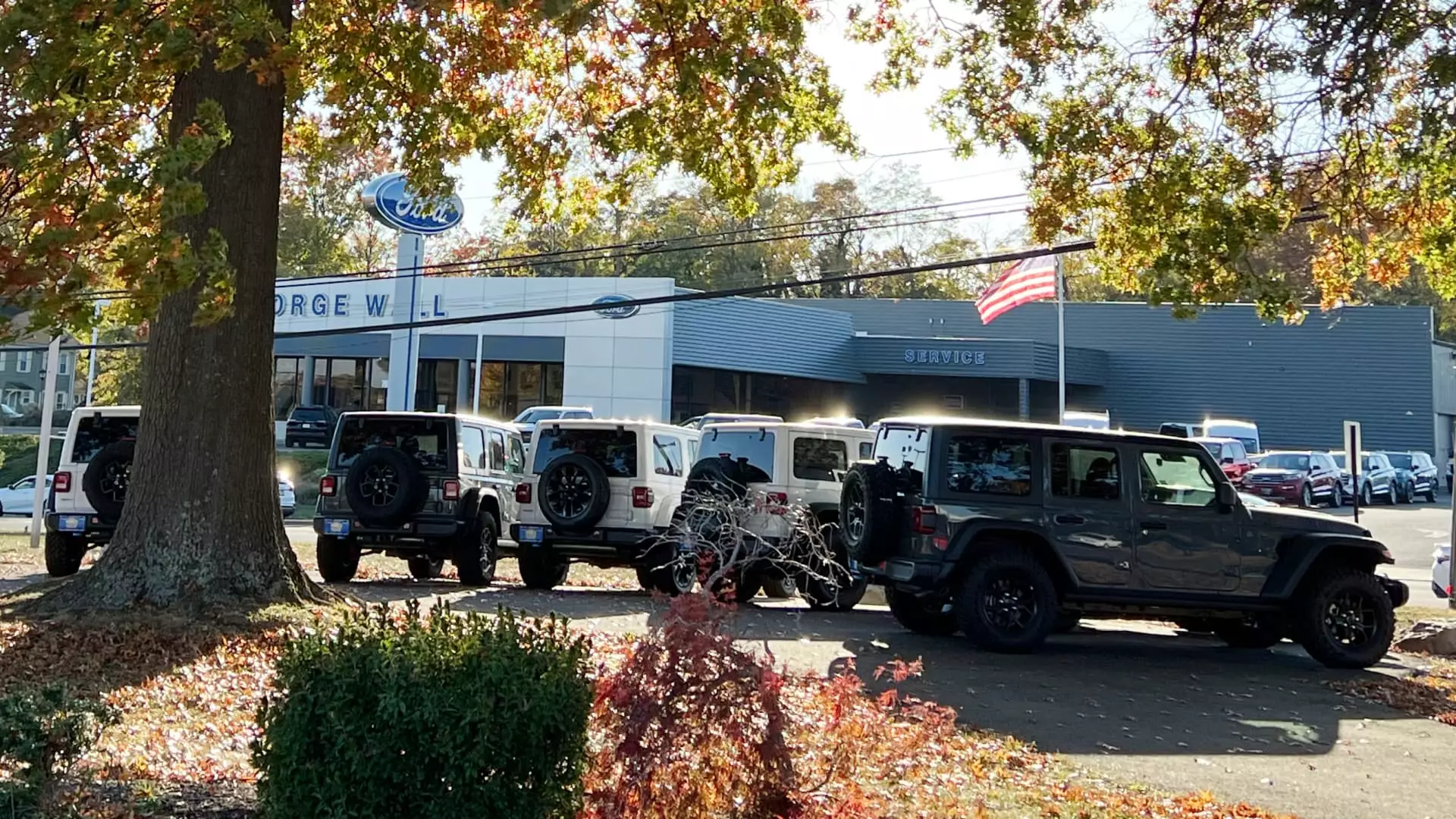As a parent preparing to enable my daughter’s transition into her independent driving years, I found myself reflecting on my first car-buying experience. It was 30 years ago when I purchased a modest Toyota Tercel for under $10,000. Now, with my daughter reaching her 17th birthday, I anticipated embracing a similar journey. However, after delving into the current used car market, I quickly realized that the landscape has undergone a monumental shift.
The start of the used car market upheaval can be traced back to unprecedented changes triggered by the COVID-19 pandemic. Prices have skyrocketed to an astonishing average of $25,361 for pre-owned vehicles, a striking increase from just a few years prior. This staggering rise in costs caught me off guard, especially since I expected to find options at accessible price points for my daughter, who has diligently saved up since she was 13. Ivan Drury, director of insights at Edmunds, aptly summarized the situation: those returning to the car market now will be faced with a scene vastly different from what they were once accustomed to.
This landscape is characterized by dwindling availability of reasonably priced vehicles. A recent report from Cox Automotive highlighted the grim truth: affordability continues to be a significant challenge for consumers, particularly as options below the $30,000 mark become increasingly elusive. The current average transaction price for a new car hovers around $47,823, inching ever closer to record highs. What’s even concerning is that merely 0.3% of new vehicles are now priced below $20,000, a drastic drop from the 8% reported five years ago.
An analysis of the modern automotive market reveals that the proliferation of high-tech features has contributed significantly to increased car prices. Today’s vehicles are packed with innovative technology, such as touch screens, advanced safety mechanisms, and high-resolution cameras. These enhancements, while appealing, come at a cost. Drury notes that the availability of such sophisticated technology results in vehicles that boast remarkable capabilities, effectively driving prices to new heights.
As my daughter expressed a strong preference for a Jeep Wrangler, the reality of ownership became clear. The Jeep, particularly the Wrangler model, has maintained its value remarkably well over the years. In fact, a recent study from iSeeCars emphasized that a 10-year-old Wrangler Unlimited ranks prominently for longevity among SUVs, but the average price for such an aged vehicle still sits at around $23,381. It became increasingly evident that our desire for a newer model with superior fuel efficiency and improved safety features would also translate to a heightened upfront cost.
Our quest for a suitable used Jeep Wrangler led us into a world of online marketplaces such as Cars.com and Carvana, where prices seemed dauntingly high. However, we soon discovered that by exploring nearby dealerships, we stumbled upon more viable options. A local Jeep Chrysler Dodge dealership in Shrewsbury, New Jersey, had two promising 2021 models that aligned with both our needs and budget.
Yet, negotiating prices in this modern era proved to be a unique challenge as well. The abundance of online pricing transparency has rendered it difficult for car buyers to negotiate effectively. While dealerships often provide incentives to attract customers, they exhibit hesitance in reducing sticker prices. Drury’s insights revealed that competitive pricing practices now dominate the market, making it crucial for buyers to be strategic.
To alleviate some financial burden, securing favorable financing options became a critical component of our purchase strategy. Presently, the average interest rate on a four-year used car loan rests at a hefty 8.21%, but favorable credit scores offer the typical buyer pathways to significantly better terms.
Despite a few negotiation successes over additional fees at the time of sale, we ultimately found ourselves spending more than anticipated. It was essential to account for the added insurance costs involved in insuring a teen driver, an expense that lurks beneath the surface but can be substantial.
The current state of the used car market serves as a vivid reminder of how much circumstances can shift over time. As I helped my daughter navigate this uncertain terrain, our experience underscored the importance of adaptability in an evolving marketplace. While the initial excitement of purchasing her first car may have been slightly dimmed by the daunting costs, it also highlights a valuable lesson about the necessity of being prepared, informed, and flexible in the face of change.

